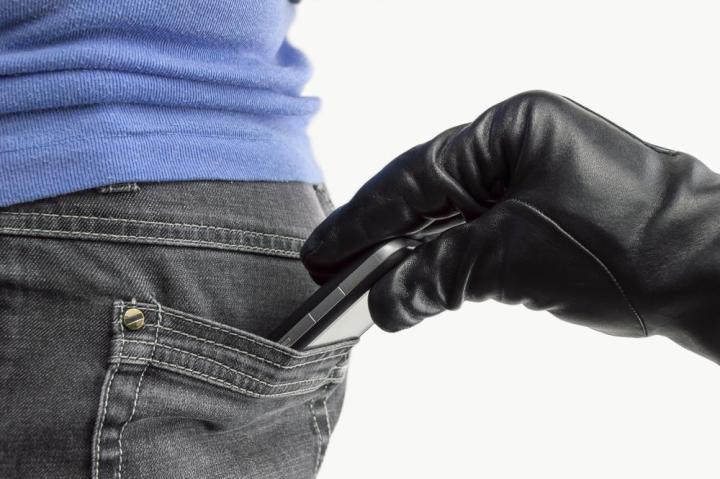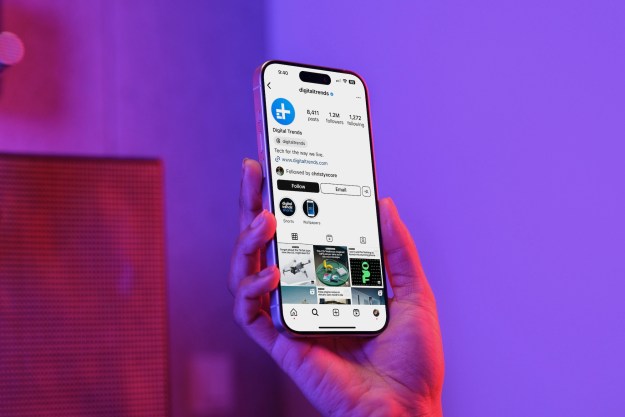
Despite the bill now being law, things are still a little hazy about how the technology will work. The kill-switch must allow a phone’s owner to remotely disable the device entirely, erase any stored data, but also be at least partially reversible if the phone suddenly turns out not to be stolen after all. It all sounds quite complicated, but if you’re interested in how the technology will work, then you’re out of luck. Officials don’t want to talk about that, and will leave it down to brainy men in lab coats to sort out the technical bits.
The kill-switch’s killer feature will be that it’s an “opt-out” system, meaning it will be enabled as standard on all phones, and it’ll be down to the user to turn it off. It’s obviously hoped this won’t happen, but if a high percentage of buyers are discovered disabling the feature, any hopes it’ll deter thefts may be dashed. Now the law has been passed, smartphone manufacturers must have the kill switch in place and ready to go at the beginning of July 2015.
In May, the governor of Minnesota signed a similar law, requiring a kill-switch to be installed on all new phones sold in the state also by July next year. It’s not explicitly stated whether it’s an opt-in or opt-out scheme in the original press release, but more recent reports say it’s the former, differing it from the Californian law.


